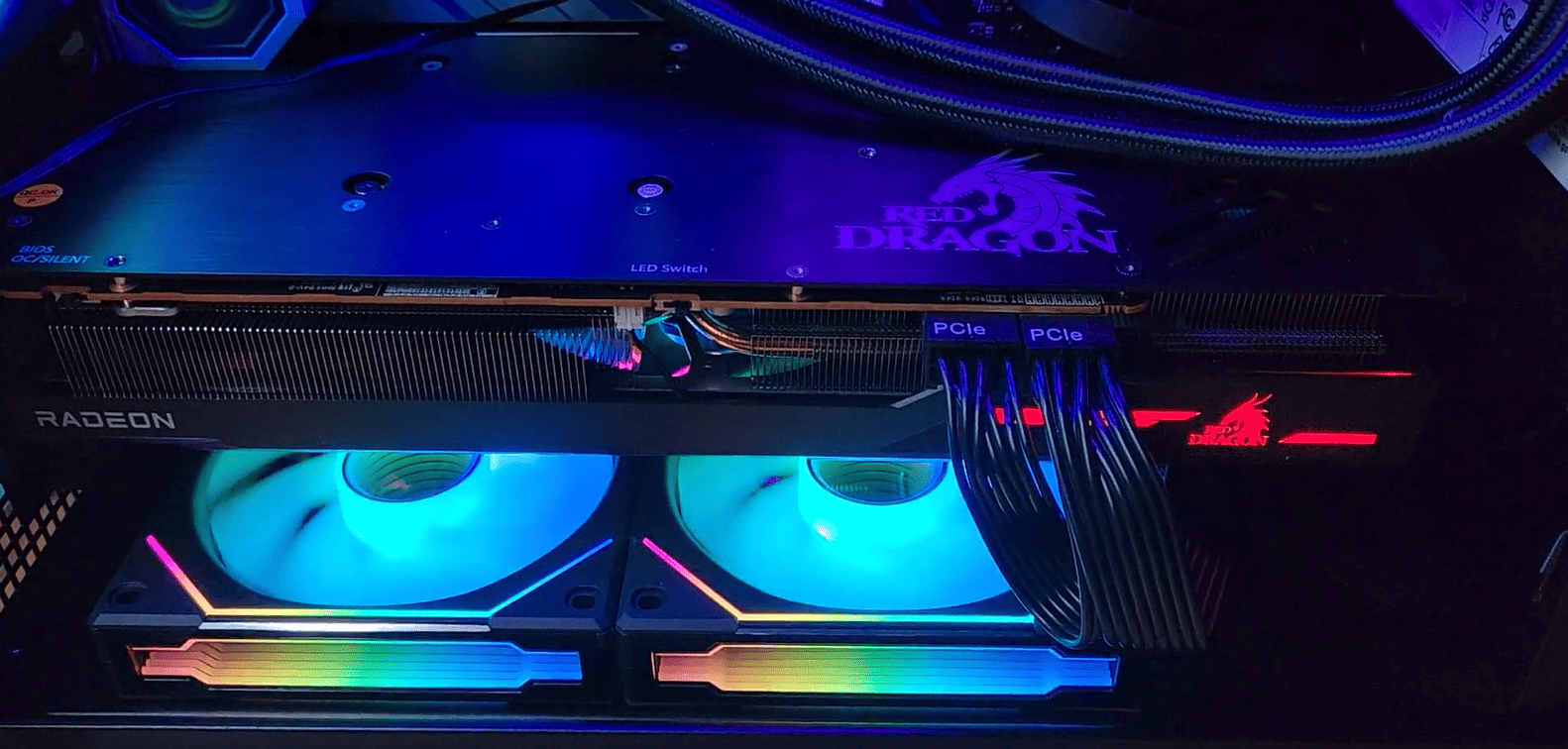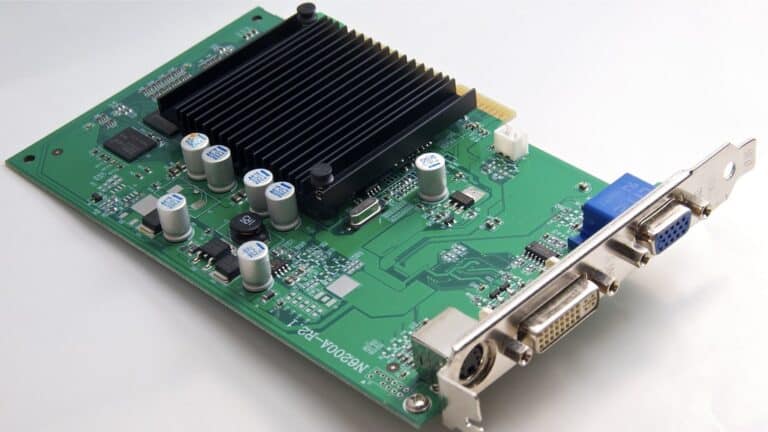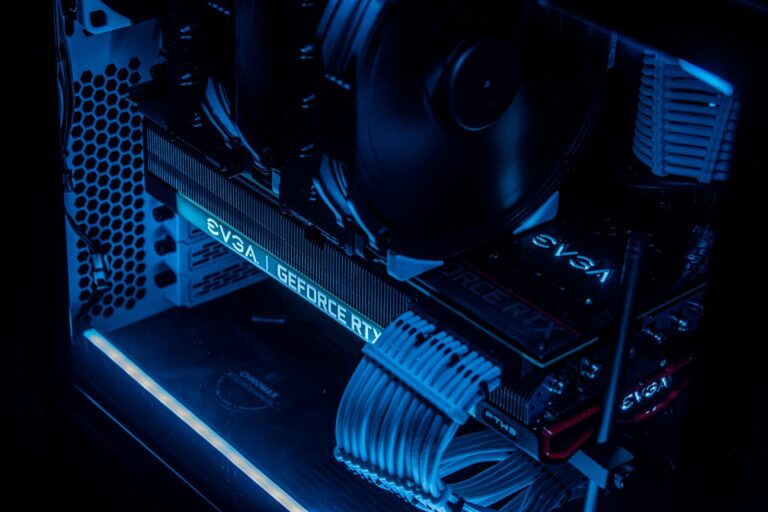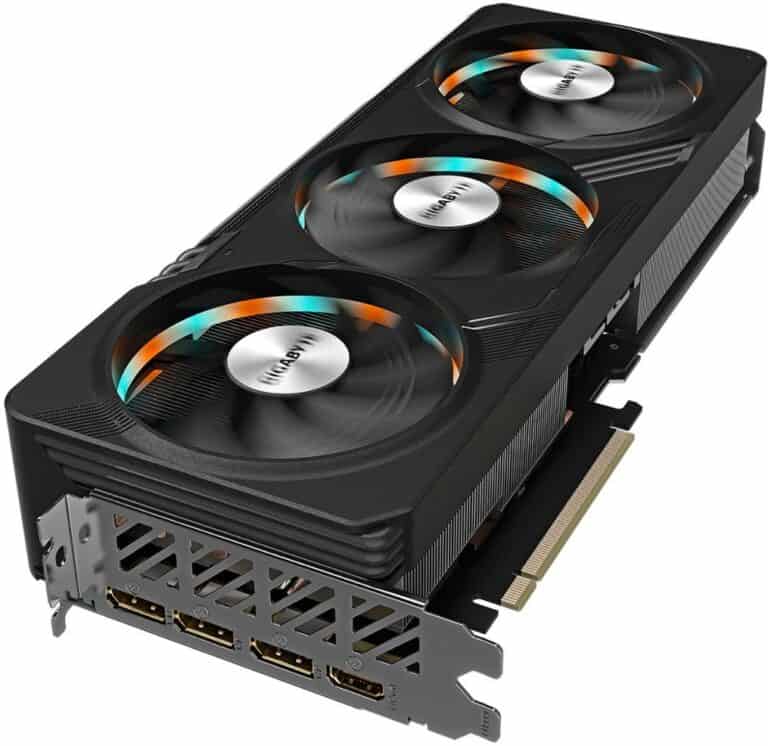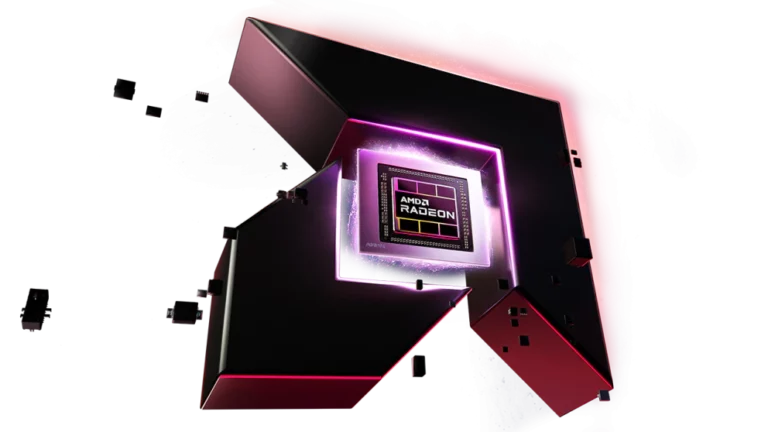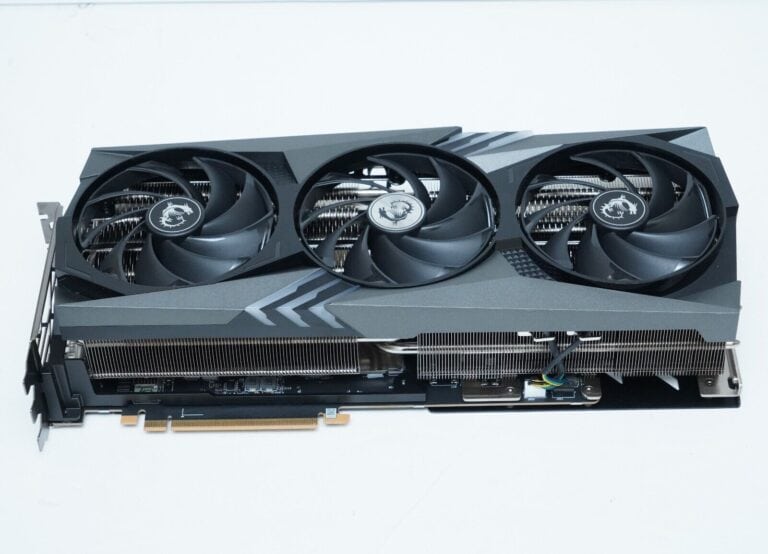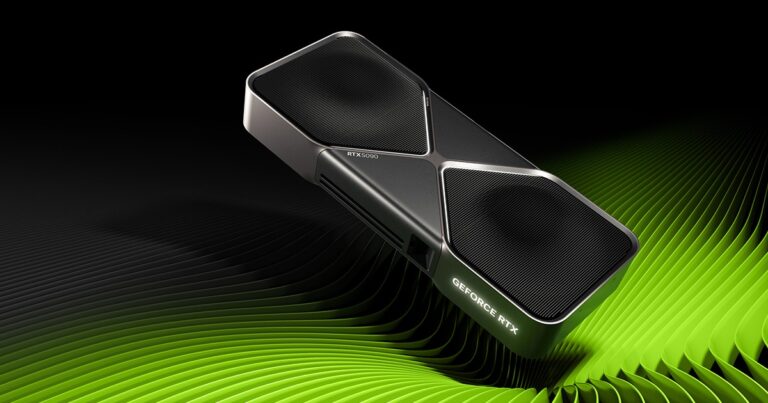Graphics card users may sometimes notice an unexpected high-pitched noise emanating from their system under certain conditions. This sound, known as GPU coil whine, occurs when the graphics card is under heavy load, such as during high-intensity gaming or video rendering. The noise stems from vibrations caused by the electrical currents within the GPU’s inductors or coils.
There is a misconception that GPU coil whine is a defect; however, it is actually a common issue that can affect any graphics card. The pitch and volume of coil whine can vary based on numerous factors including the power load and the specific build of the system. Recognizing and confronting this phenomenon is essential for users looking to troubleshoot and potentially reduce the emanating noise from their PCs.
What Your GPU is Trying to Tell You
Have you ever noticed a high-pitched whining or buzzing sound coming from your computer while gaming or running other graphics-intensive programs? That might be coil whine coming from your graphics card (GPU). Don’t panic! It’s a common occurrence and generally not a big problem.
So, what is coil whine exactly?
Coil whine is the result of electrical current running through coils (also known as inductors) on your computer’s components – namely your graphics card. The current causes these coils to vibrate, producing a noise that can sometimes be irritating.
Why does it happen more under load?
Coil whine becomes more noticeable when your GPU is working hard, like during gaming sessions. This is because the power draw increases, which leads to stronger vibrations and louder sounds.
Is Coil Whine Dangerous?
Coil whine is more of an annoyance than a danger. While the noise can be distracting, it doesn’t mean your GPU is faulty or about to fail.
What Can I Do To Reduce or Eliminate Coil Whine?
There are a few things you can try to address coil whine:
| Solution | Description |
|---|---|
| Limit FPS | Using software or in-game settings, you can cap your frame rate. This reduces the stress on your GPU, potentially decreasing coil whine. |
| Change graphics settings | Lower demanding graphics settings like anti-aliasing or resolution to lighten the workload on your GPU. |
| Undervolt your GPU | Undervolting lowers the power flowing to your GPU, potentially reducing coil whine. Be careful with this method, as it can affect your computer’s stability if not done correctly. |
| Get a new power supply | A more powerful and stable power supply may provide cleaner power to your GPU, helping quiet down coil whine in some cases. |
| Sound insulation | Investing in a well-insulated computer case can significantly mask any noises coming from your components, including coil whine. |
Remember:
It’s important to note that coil whine can vary from card to card, even within the same model. Some GPUs might simply be more prone to it than others. If the noise is extremely bothersome, you might want to explore the possibility of returning or exchanging your graphics card.
Key Takeaways
- GPU coil whine is a common vibrating noise from graphics cards under load.
- Coil whine varies in pitch and volume and is not necessarily a hardware defect.
- Mitigating coil whine involves proper system build and component adjustments.
Fundamentals of GPU Coil Whine
GPU coil whine is a noise issue that can affect graphic cards. This section breaks down its key characteristics, common causes, and impact on performance.
Characterizing Coil Whine
Coil whine refers to the audible sound produced by vibration of inductor coils and capacitors on the video card’s circuit board, especially when the GPU is under load. This sound varies in frequency and can be a buzzing, whining, or high-pitched squeal. Resonance amplifies it when frequency matches the natural frequency of other components.
Common Causes and Components Involved
The main parts that contribute to coil whine are the electromagnetic coils and inductors. As electrical currents pass through these components, the rapid switching causes them to vibrate. Factors like power intensity and electrical design quality can also give rise to coil whine. Aging GPUs may experience coil whine as components wear down over time.
Impact on Graphics Card Performance
Coil whine does not typically affect the performance of a graphics card. It is more an issue of unwanted noise than a signal of declining card function. However, extreme cases of electromagnetic resonance may point to underlying electrical issues that could potentially affect the GPU’s operation.
Addressing and Mitigating Coil Whine
Coil whine is a common issue in GPUs, particularly under heavy load. This section explains how to address and mitigate it through various means, including preventative tactics, hardware adjustments, and manufacturer support.
Preventative Measures and Fixes
The best fix for GPU coil whine often lies in prevention and minor adjustments. Reducing and preventing coil whine can be as simple as the following:
- Limit Frame Rates: Set a frame rate limit to avoid overloading the GPU.
- Adjust Graphics Settings: Lower settings to reduce strain on your hardware.
- Undervolting: Decrease the voltage supplied to the GPU, which may reduce whine.
- Power Limit: Set a maximum power consumption limit for your GPU to help stabilize power delivery.
Hardware Solutions and Adjustments
Sometimes, hardware adjustments can help reduce coil whine:
- PSU: Use a high-quality power supply for stable power delivery.
- Aftermarket GPU Coolers: They can lower temperatures and potentially reduce whine.
- Component Quality: Ensure your hardware utilizes quality components, particularly the VRM circuit.
- Troubleshoot: Look for signs of poor soldering or hardware issues that could be causing the noise.
Warranties and Manufacturer Support
When preventative measures and hardware fixes aren’t enough, the following paths can be taken:
- Warranty: Check if your GPU’s warranty covers coil whine.
- RMA: Request a return merchandise authorization from the manufacturer for a fix or replacement.
- GPU Replacement: If the whine is unbearable and persistent, consider replacing the GPU.
- Manufacturer Guide: Follow the manufacturer’s guide to troubleshoot and potentially fix the issue.
Frequently Asked Questions
This section addresses common concerns about GPU coil whine through a series of clear and concise explanations.
What causes coil whine in GPUs?
Coil whine is a high-pitched noise caused by the vibration of electromagnetic coils within a GPU. It occurs when electrical currents pass through these coils, often becoming more prominent during intensive tasks.
How can one mitigate or fix GPU coil whine?
To reduce coil whine, ensure the GPU is well-seated in its slot. Upgrading to a quality power supply may also help. For a more immediate solution, limiting the frame rate in games can reduce the workload and the associated whine.
Are there any long-term effects of coil whine on GPU performance?
Coil whine does not typically affect a GPU’s performance or longevity. It is mainly a noise issue rather than an indication of function or health of the graphics card.
What does coil whine sound like and how is it identified?
Coil whine is identifiable as a high-frequency electronic sound. It can change with the graphics load and is often more noticeable during resource-heavy applications.
Is coil whine an indication of a faulty or lower-quality GPU?
Coil whine does not necessarily indicate a faulty GPU. Even high-end GPUs can exhibit this phenomenon, and it is more related to the design and component choice than to overall quality.
Can the power supply unit (PSU) contribute to GPU coil whine?
Yes, the PSU can contribute to coil whine. A lesser quality or underpowered PSU can exacerbate the issue, as it may not provide stable power to the GPU.

